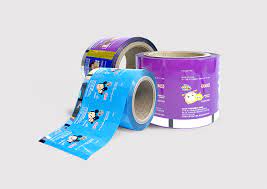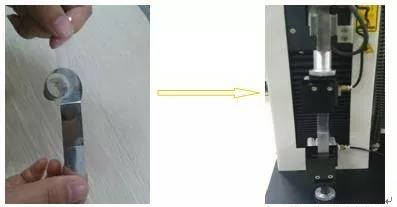Source:Link Testing Instruments Co.,ltd

The composite film material is composed of two or more single-layer films by dry compounding, extrusion compounding and other compounding processes. The performance of each single-layer film is complementary, so that the barrier performance, physical and mechanical properties of the composite film are formed. The performance has been greatly improved. The composite fastness of each single-layer film has a great influence on the performance of the composite film. If the composite fastness is low, delamination is easy to occur, which not only affects the appearance of the drug packaging, but also causes the mutual reinforcement between the single-layer films to weaken , Resulting in a decrease in the barrier properties and physical and mechanical properties of the composite film. In addition, if the peel strength of the packaging is low and the composite fastness is poor, delamination is easy to occur during the tearing process of the packaging bag, that is, the tearing performance of the packaging bag is poor. , Affect the feeding of medicines. Therefore, it is of great significance to strengthen the monitoring of the composite fastness of composite membrane materials.
Composite film materials for pharmaceutical packaging cover plastic composite films, aluminized composite films, aluminum-plastic composite films, etc. The peel strength test of these materials mainly refers to the standard YBB00132002 "General Rules for Composite Film Bags for Pharmaceutical Packaging".
This time, LTS-05 Automatic Tensile Tester independently developed and designed by Link Testing Instruments Co.,Ltd was used to test the peel strength of the aluminum-plated composite film samples.
Test principle: The fixtures of the equipment are divided into upper and lower fixtures. The upper fixture can move at a preset speed, while the lower fixture remains fixed. During the test, clamp the two ends of the sample in the upper and lower clamps respectively. With the movement of the upper clamp, the sample will be damaged by stretching, peeling or tearing, and the force value and displacement caused by the change of the sample are monitored by force sensor and displacement sensor respectively placed on the moving chuck, and according to the monitoring results, the tensile strength, deformation rate, peel strength and other properties of the sample are calculated.
Test sample and test process
Test sample: Aluminized composite film for a certain brand of pharmaceutical packaging.
Testing process:
(1) Cut out 5 sample strips each with a width of 15 mm and a length of 200 mm along the horizontal and vertical directions of the sample.
(2) Each sample strip is manually peeled off 50 mm in advance.
(3) The two ends of the stripped part of the sample are respectively clamped in the upper and lower clamps of the equipment, and the longitudinal axis of the stripped part of the sample coincides with the center lines of the upper and lower clamps.

(4) Set the test speed, sample width and other parameter information, click the test option, and the test will start.
(5) The equipment automatically detects the force value changes during the test, and calculates and displays the final peel strength value of the sample based on the detected data.
Test results and analysis
The transverse peel strength is 1.06 N/15mm, 1.13N/15mm, 1.09 N/15mm, 1.11N/15mm, 1.04 N/15mm, and the longitudinal peel strength is 1.21 N/15mm, 1.19N/15mm, 1.25 N/15mm, respectively. 15mm, 1.17N/15mm, 1.23 N/15mm.
For more details please visit www.linktesting.org